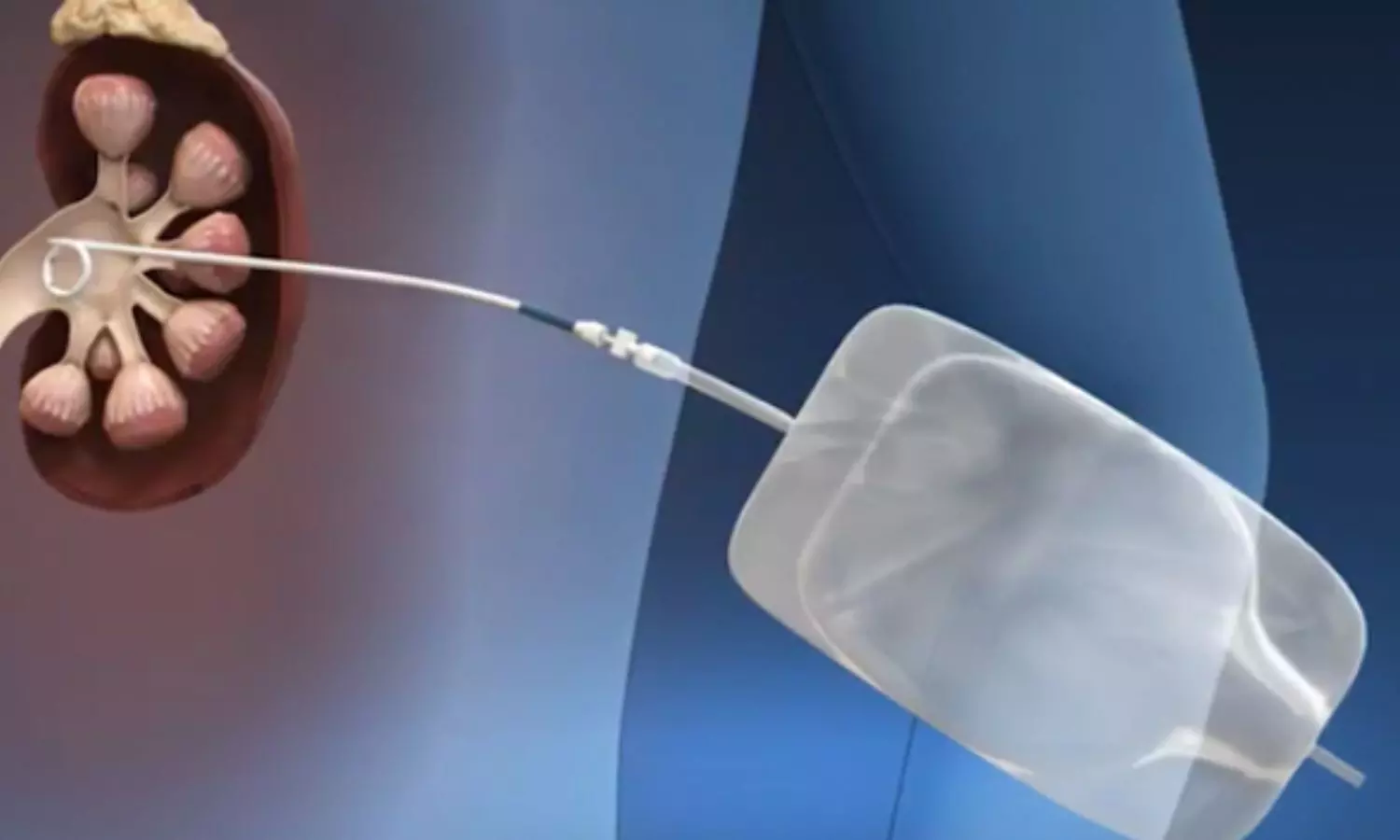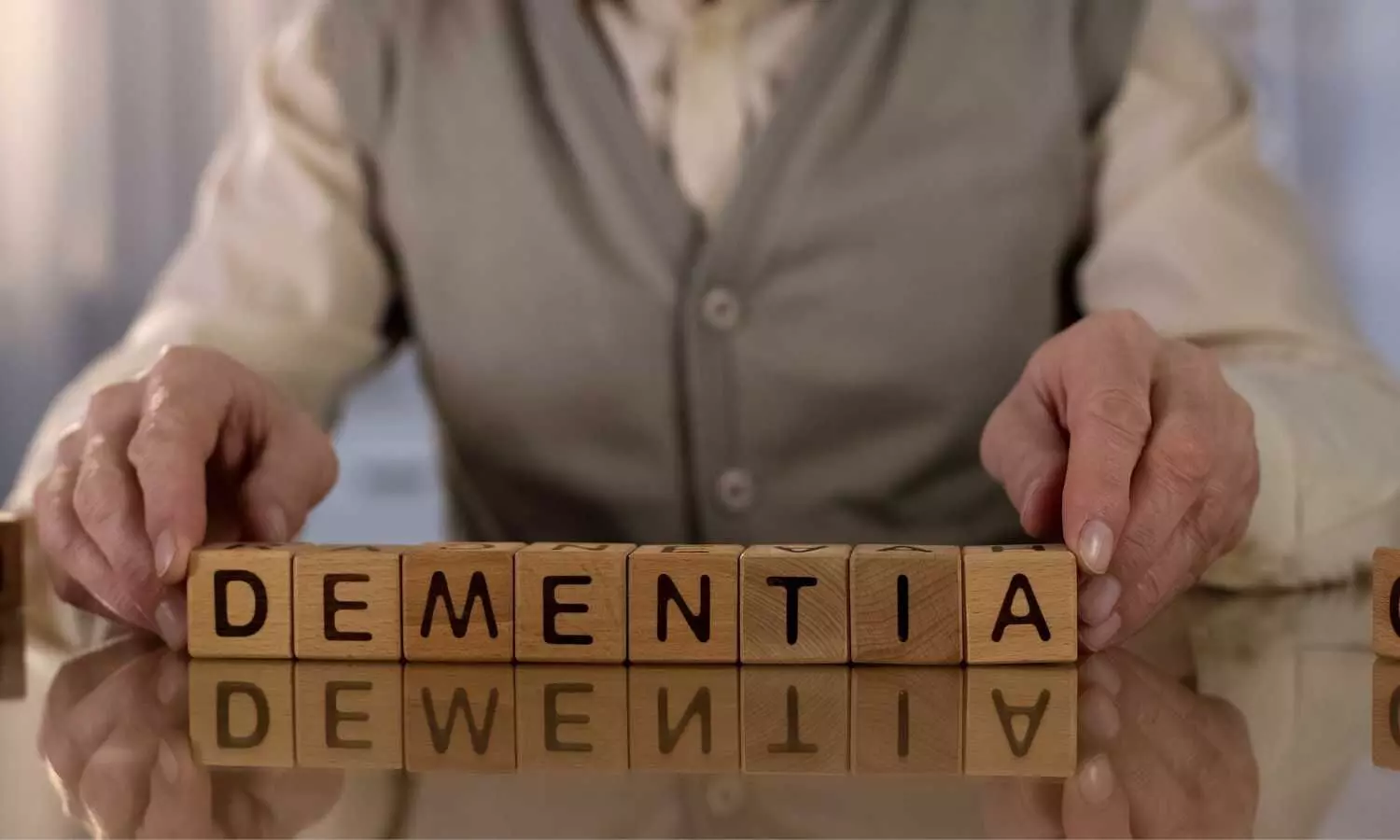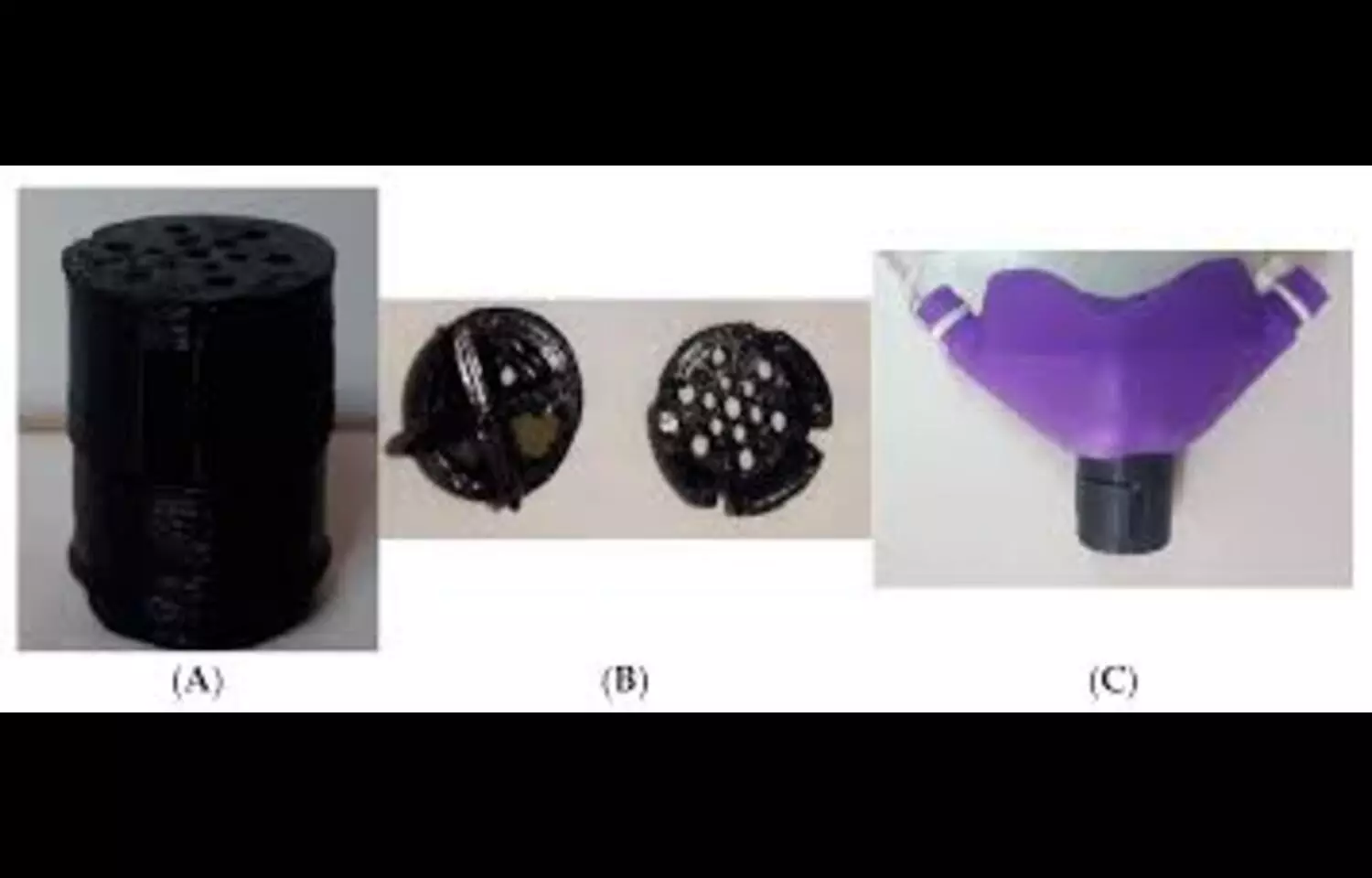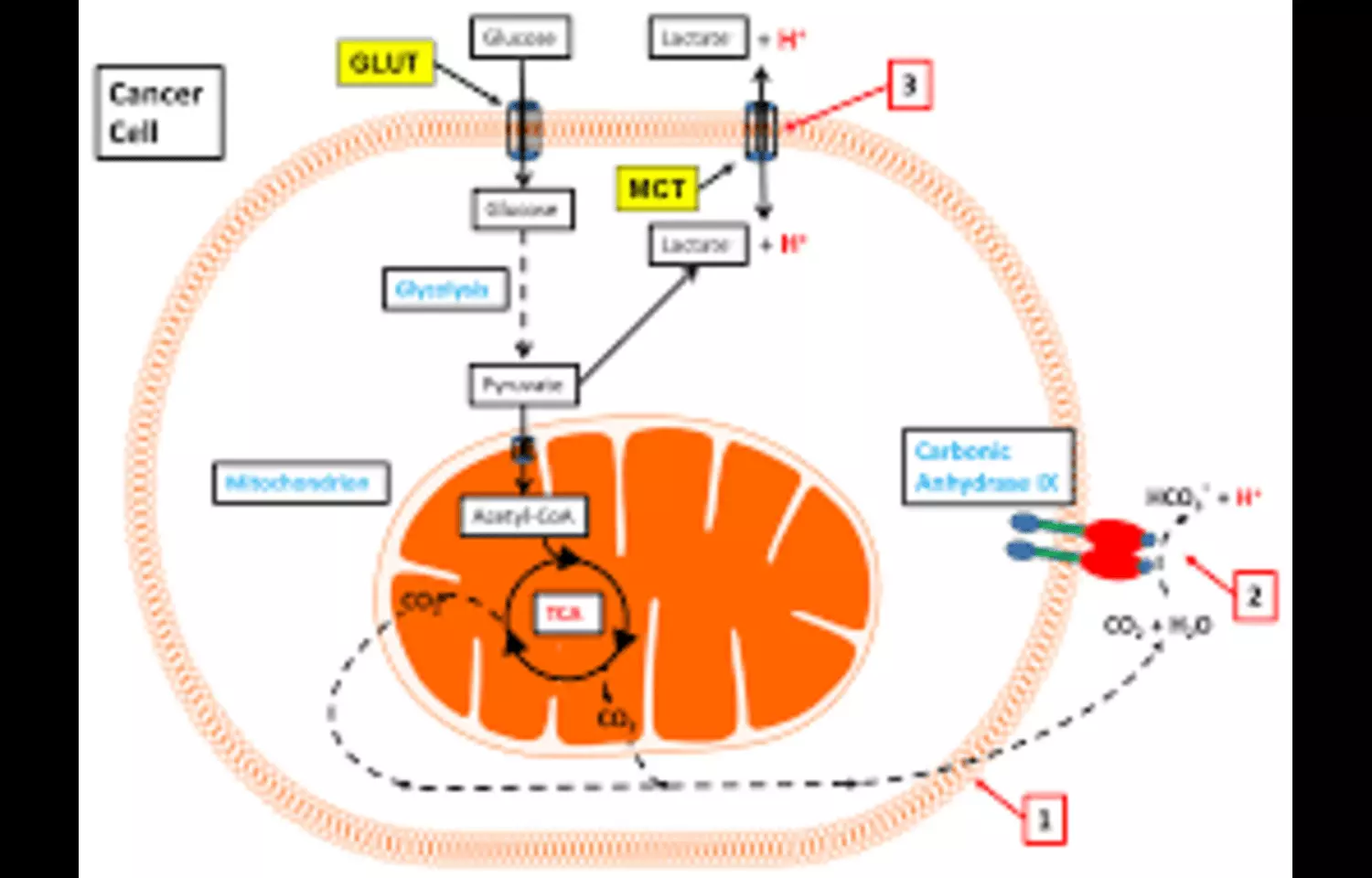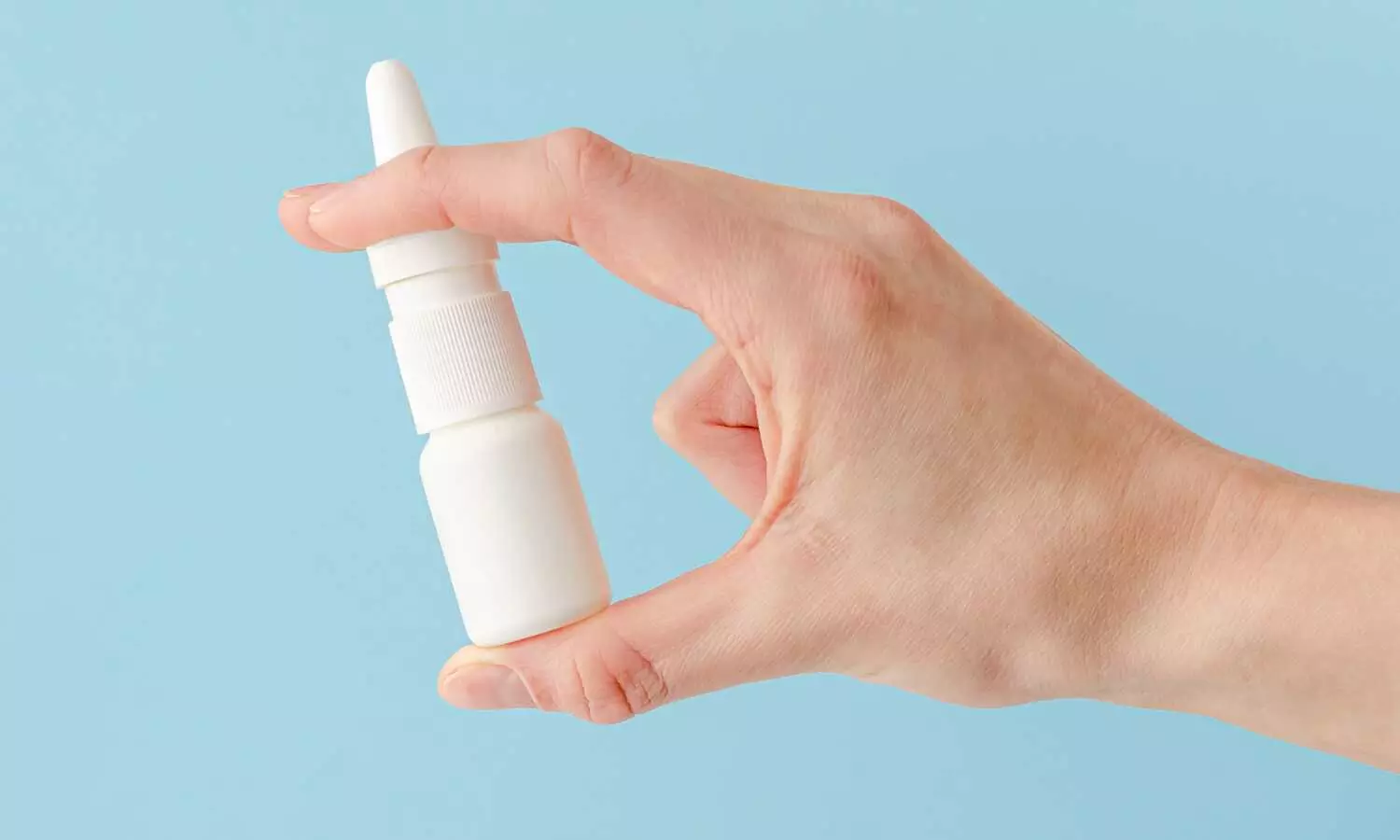
Instead of stabbing yourself, or someone else, in the thigh with a needle to deliver a dose of adrenaline to counter anaphylactic shock, would it not be easier to use a nasal spray instead?
A study presented at the European Emergency Medicine Congress today (Tuesday) shows that liquid or powder nasal sprays are as effective and sometimes even better than injection devices such as EpiPens® for delivering adrenaline.
Anaphylaxis is an acute allergic reaction to substances, such as nuts or insect bites or stings, and is a life-threatening emergency. A patient who goes into anaphylactic shock will often develop some or all of the following symptoms: itchy skin or a red rash, swollen eyes, hands, feet, mouth, tongue and throat, difficulty breathing, wheeze, abdominal pain, nausea and vomiting. They can collapse and become unconscious very quickly. It needs to be treated urgently with adrenaline (also known as epinephrine), usually via an injection or a drip in the patient’s vein.
Dr Danielle Furness carried out a systematic review of five, international studies comparing intramuscular-injected adrenaline devices, such as EpiPens®, with nasal sprays while she was finishing her medical degree at the University of Buckingham, UK. The studies took place in Israel, Canada, Thailand, the USA and Japan [2].
She told the Congress: “My review found that intranasal adrenaline, a needle-free alternative delivered as a liquid or dry powder spray, can be as effective as the EpiPen, with some forms reaching the bloodstream even faster.”
Dr Furness, who is now a Foundation Year 1 doctor at the Royal Derby Hospital, UK, chose to compare emerging options for anaphylaxis, such as nasal sprays, with current guidelines and the gold standard recommendations while she was studying acute care for her degree. She focused on needle-free alternatives for patients with needle phobia or other barriers to using EpiPens®.
She evaluated the safety and efficacy of the different adrenaline delivery systems, and also the pharmacokinetics – the process of how the drug moves into, through and out of the body, focusing on absorption, distribution and metabolism.
She found that absorption of the nasal sprays was comparable or even faster than injections, taking a maximum of 2.5 to 20 minutes, compared to 9 to 45 minutes for the injected adrenaline. Similar or higher levels of adrenaline were seen in blood plasma for the nasal sprays, while heart rate and blood pressure were similar between patients who received adrenaline via a nasal spray or an injection. Side effects of the nasal spray were mild and passed quickly.
Importantly, nasal sprays last longer and are more portable than injection devices. The shelf life of nasal sprays is two years, while injection devices have to be replaced every 12-18 months. The nasal sprays tend to be smaller and more portable than injection devices, such as the EpiPen®. The neffy® nasal spray is just over six centimetres long, while an EpiPen® is just over 15 cm long.
Dr Furness said: “If approved for use, nasal sprays could become a suitable and equally effective needle-free alternative to the EpiPen, which is the current treatment for anaphylaxis. Patients would still need clear instructions on how and when to use a nasal spray, but it could improve timely administration of adrenaline, especially for people who are afraid of needles, or in public, out-of-hospital settings, which could reduce the rates of hospitalisations. For doctors, it is another tool that could help prevent delays in treatment.
“I believe that once strong, real-world evidence supports the safety and effectiveness of nasal sprays, they could be incorporated into national anaphylaxis guidelines. An initial rollout should include close and strict monitoring, encouraging doctors to report any cases where it may not have worked as expected, to ensure patient safety and maintain confidence in the treatment.”
Neffy® is the first nasal spray to be approved and prescribed in the USA and Europe, including Norway and Iceland. In the UK, the Medicines and Healthcare products Regulatory Agency (MHRA) has approved it as the first needle-free emergency treatment for anaphylaxis. It is expected to become available in the UK towards the end of 2025. Licensing applications have been filed in China, Japan, and Australia, and it is under review in Canada.
Strengths of the review include that it looked at both liquid and dry powder based nasal spray, comparing them directly to the current gold standard of injected adrenaline; it investigated the effects of the different delivery systems on blood pressure and heart rate, and not just how quickly the drug entered the bloodstream; and the trials were carried out in several different countries.
Limitations include that all the studies were early, phase I trials, in which the different delivery systems are tested in healthy adults who were not experiencing anaphylaxis; some of the studies reviewed had small numbers of patients and there were differences in the doses and delivery devices tested; there are no long-term safety data yet; and it is uncertain how the nasal sprays will perform in everyday use outside of controlled trial conditions.
Dr Felix Lorang is a member of the EUSEM abstract selection committee. He is head of the emergency department at SRH Zentralklinikum Suhl, Thuringia, Germany, and was not involved with the research. He said: “Injection devices, such as EpiPens, have been in use for decades to deliver adrenaline to patients with anaphylaxis. However, some patients experience barriers to using them for reasons such as needle phobia, or how easy they are to carry around all the time. From my experience, many people also hesitate when using a needle on a relative or friend for fear of hurting or injuring the person. Nasal sprays appear to overcome these barriers and, if further studies confirm their safety and efficacy, they will be a useful alternative for patients as well as an extra tool for medical staff to use.”
Reference:
Could nasal sprays replace needles for delivering adrenaline to anaphylactic patients?,European Society for Emergency Medicine (EUSEM), Meeting: European Emergency Medicine Congress (EUSEM 2025).
